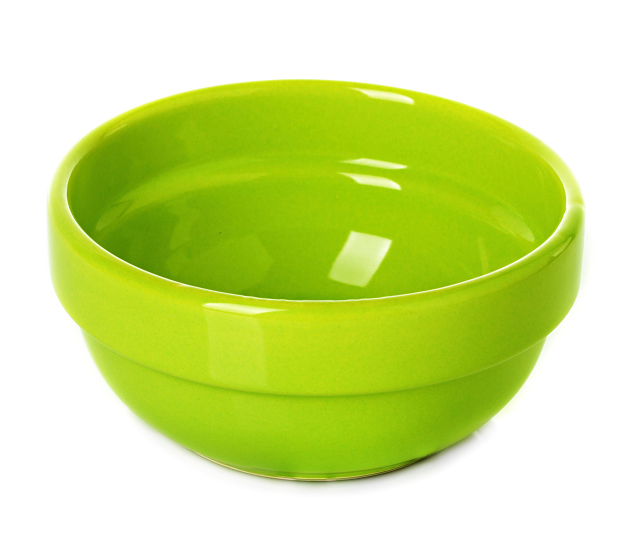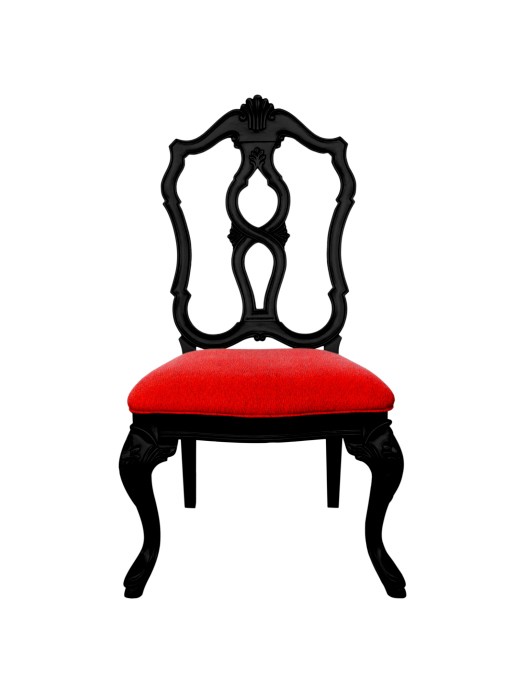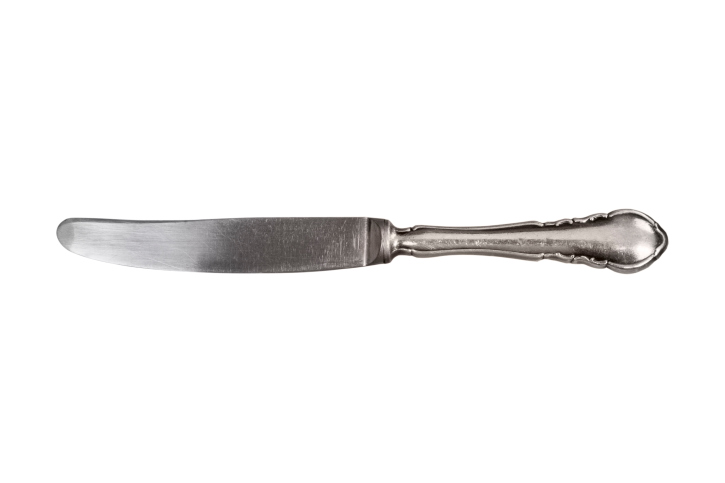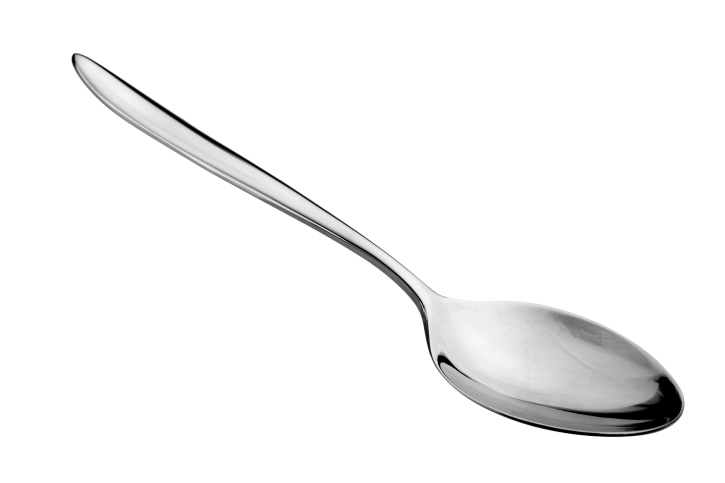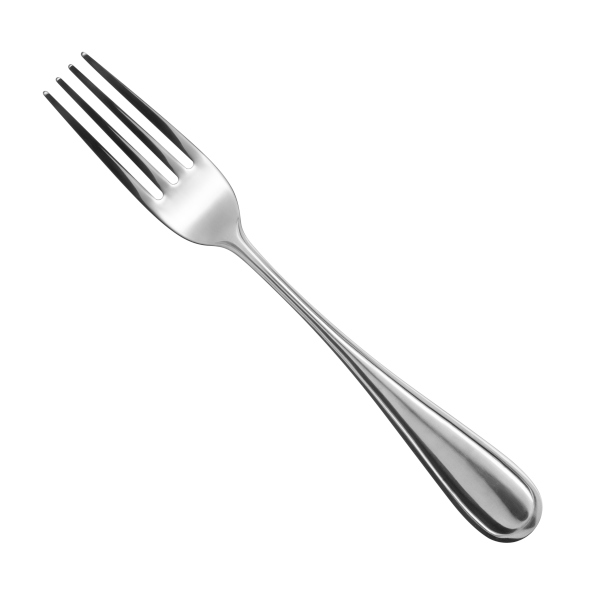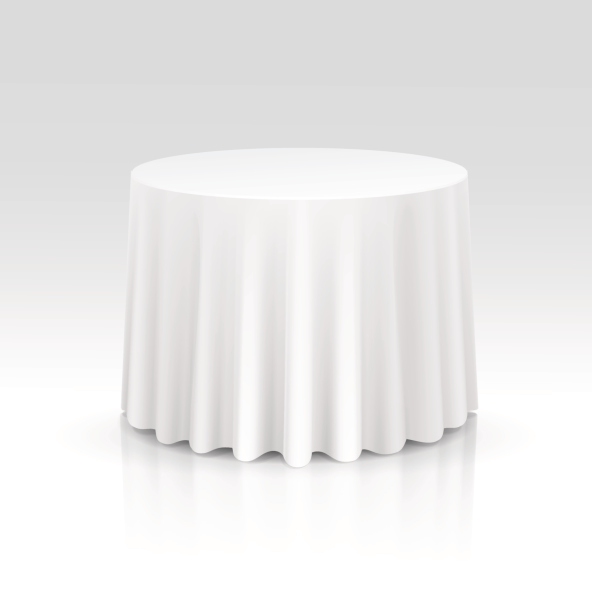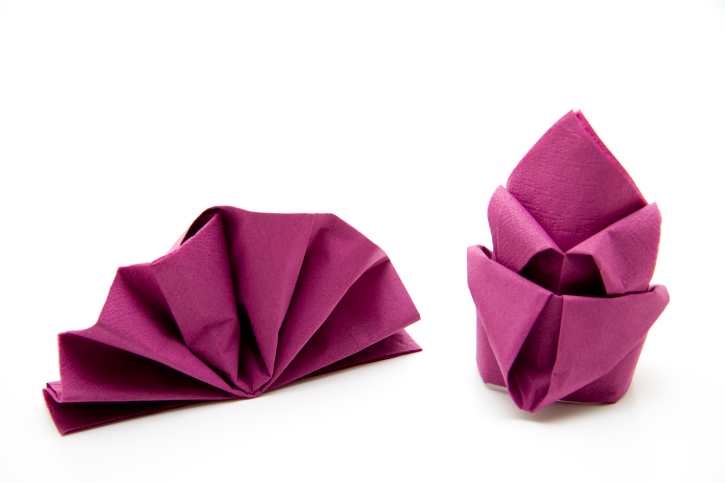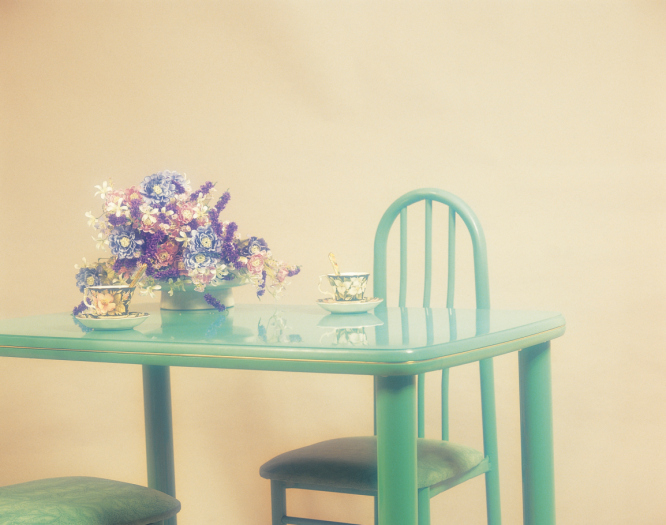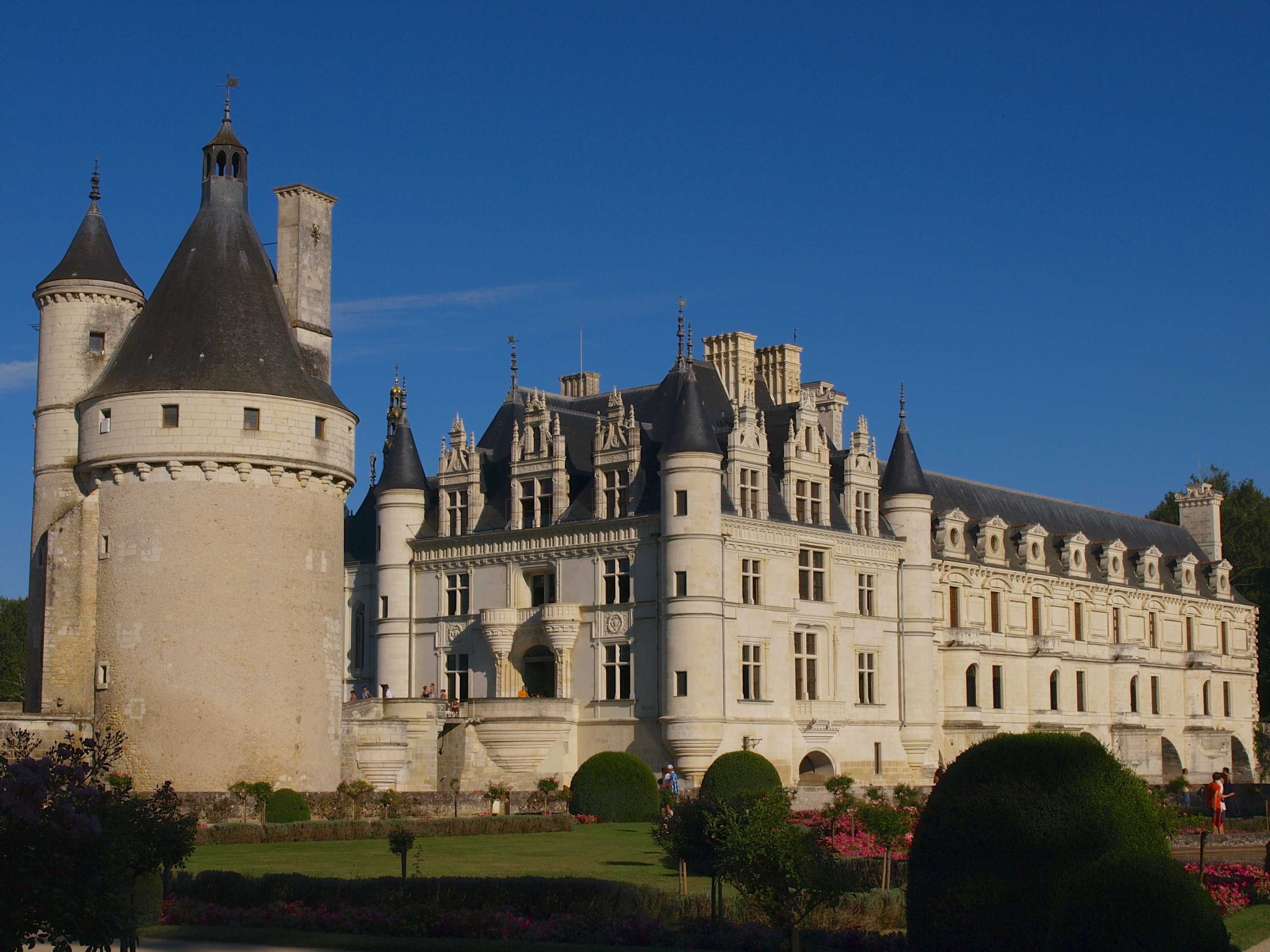Learn
|
Read and study the following vocabulary words. Click on each link to hear the pronunciation and try saying the words aloud. If you find it difficult to pronounce a certain word, be sure to write down a pronunciation note. Example: une chaise (shayz).
As you have learned, verbs are either regular or irregular. Regular verbs follow a pattern, while irregular verbs must be memorized. You will now learn the irregular verb prendre (to take) and mettre (to put). Read, study, and listen to the forms of each verb.
Here are some examples:
Here are some examples:
Le Château des Dames - The Ladies' Château Although Le Château de Chambord is the largest château in the Loire Valley, many argue that Le Château de Chenonceau is the most unique. When you look at the pictures below, you will understand why. This château is built over the Cher River, and it is often called Le Château des Dames or The Ladies' Château, since its history includes several powerful women. The original château was built between 1515 and 1521 by Thomas Bohier, but most of the decision-making for the château was done by his wife Katherine Briconnet, and she is considered to be the first "lady" of the château. Not long after Thomas Bohier's death, his son, Antoine Bohier, gave Chenonceau to King François I in order to pay off his father's remaining debts. After King François I died, his son Henri II became king, and he gave Chenonceau to his mistress, Diane de Poitiers. Henri's wife, Queen Catherine de Medici, was terribly jealous of Diane de Poitier's ownership of the château, as well as her position and influence over King Henri. After Henri's untimely death in a jousting tournament, Catherine de Medici became Regent of France and banished Diane de Poitiers from Chenonceau. Catherine forced Diane to leave Chenonceau and to move into the less lavish Château de Chaumont. Catherine moved into Chenonceau and made it her home until her death in 1589. During that time, she made efforts to erase all signs and symbols of Diane de Poitiers from within the château. She also constructed new parts to the château and held elaborate parties and banquets. Catherine's time at the château was considered Chenonceau's "Golden Age." From Chenonceau, Catherine shielded, plotted, and protected over the reign of each of her three sons, who were all Kings of France (François II, Charles IX, and Henri III). Although the Château was passed down or sold to several tenants over the centuries, it remained a place where the influence of prominent women helped to shape and protect its future. In 1913, the château was bought by Henri Menier, grandson of Antoine Brutus Menier, who founded Menier Chocolate. During World War I, Henri's brother, Gaston Menier, decided to turn the château into a hospital where hundreds of soldiers were cared for. In World War II, during the Nazi occupation of France, the château served as an escape route for people fleeing from the Germans. The entrance of the château was on occupied ground, while across the river at the opposite end, the château opened up to "Free France". Today, millions of people visit Le Château de Chenonceau each year. It is second only to the Château de Versailles as the most visited château in France. The château is well-furnished with Flemish tapestries, paintings by famous artists, period antique furniture, elaborate floral arrangements, and a reconstructed kitchen that offers an excellent glimpse into culinary traditions of royal Renaissance France.
References "Chateau Chenonceau." - Castle in France. N.p., n.d. Web. 06 Sept. 2014. "History of the Loire Valley." History of the Loire Valley. N.p., n.d. Web. 07 Sept. 2014. "The Loire Valley between Sully-sur-Loire and Chalonnes." - UNESCO World Heritage Centre. N.p., n.d. Web. 06 Sept. 2014. |
|||||||||||||||||||||||||||||||||||||||||||||||||||||||||

